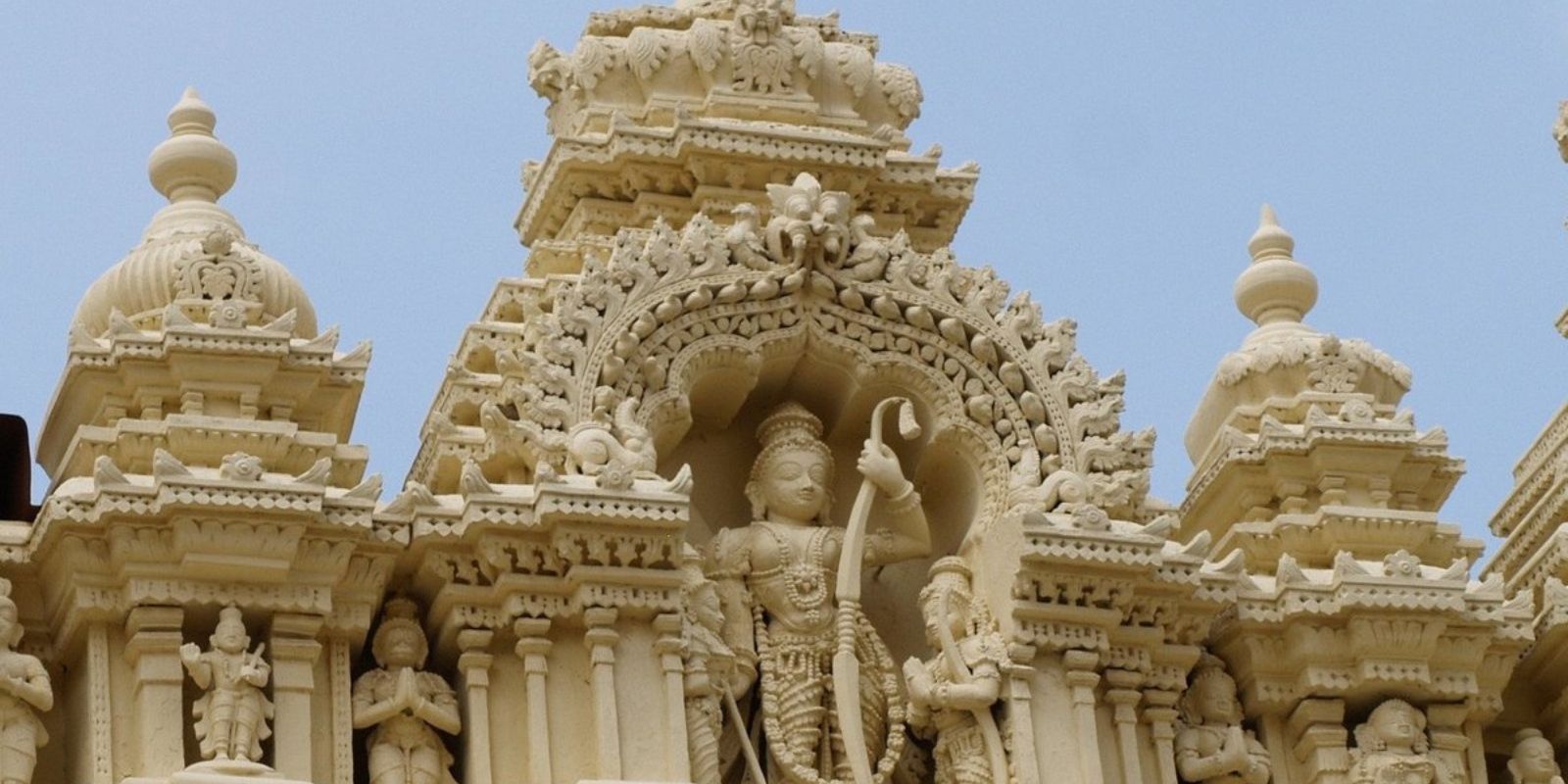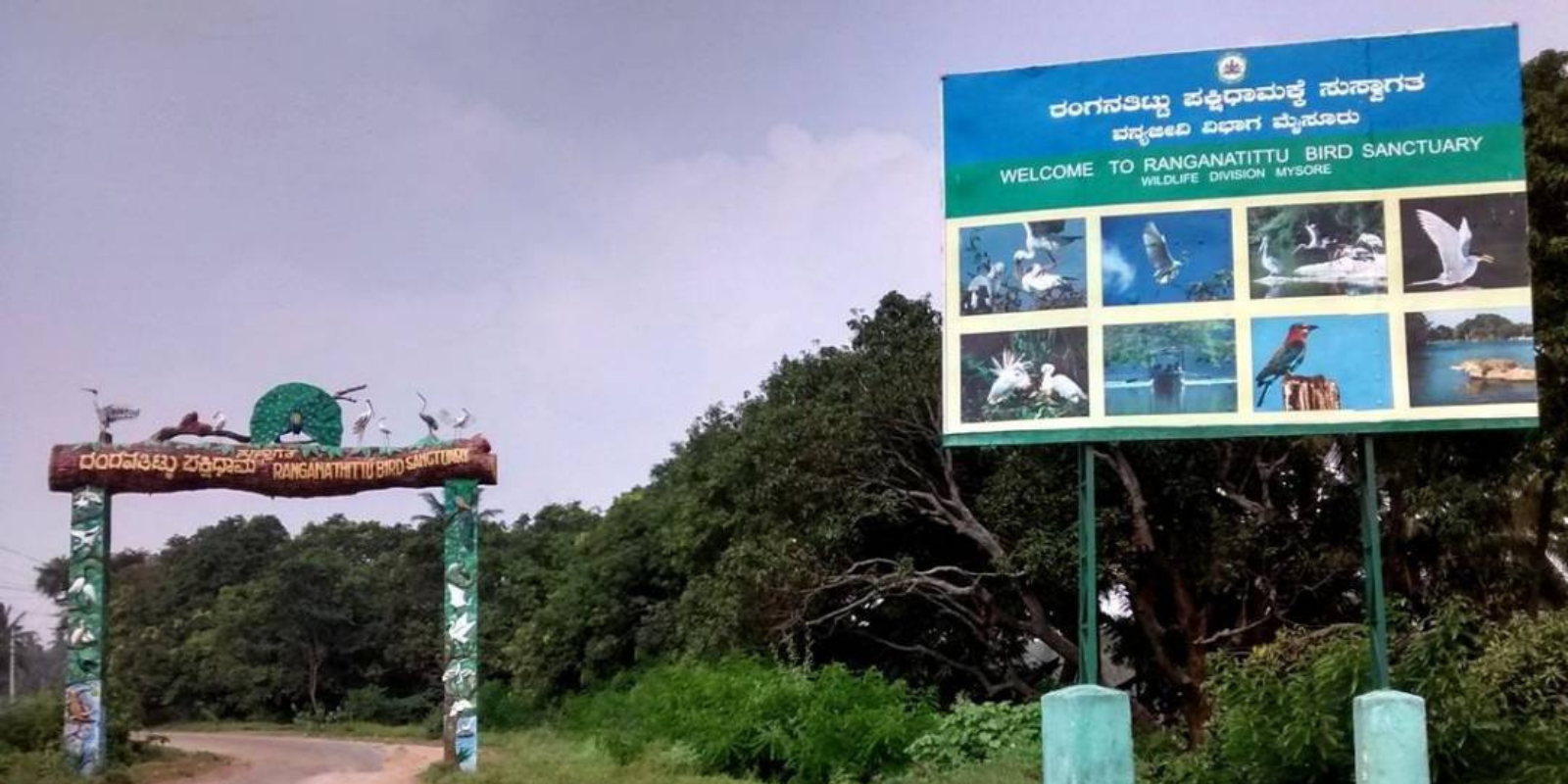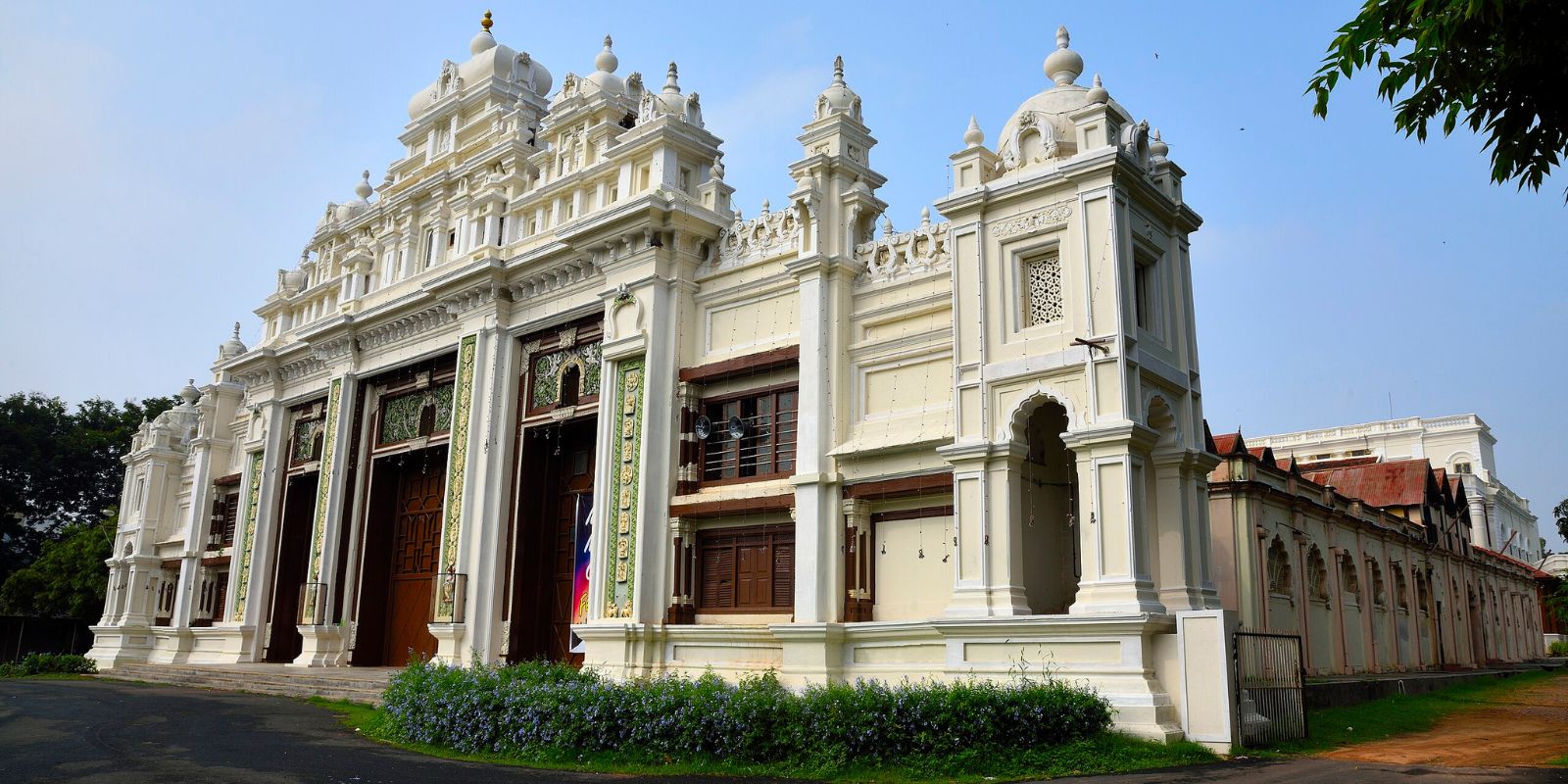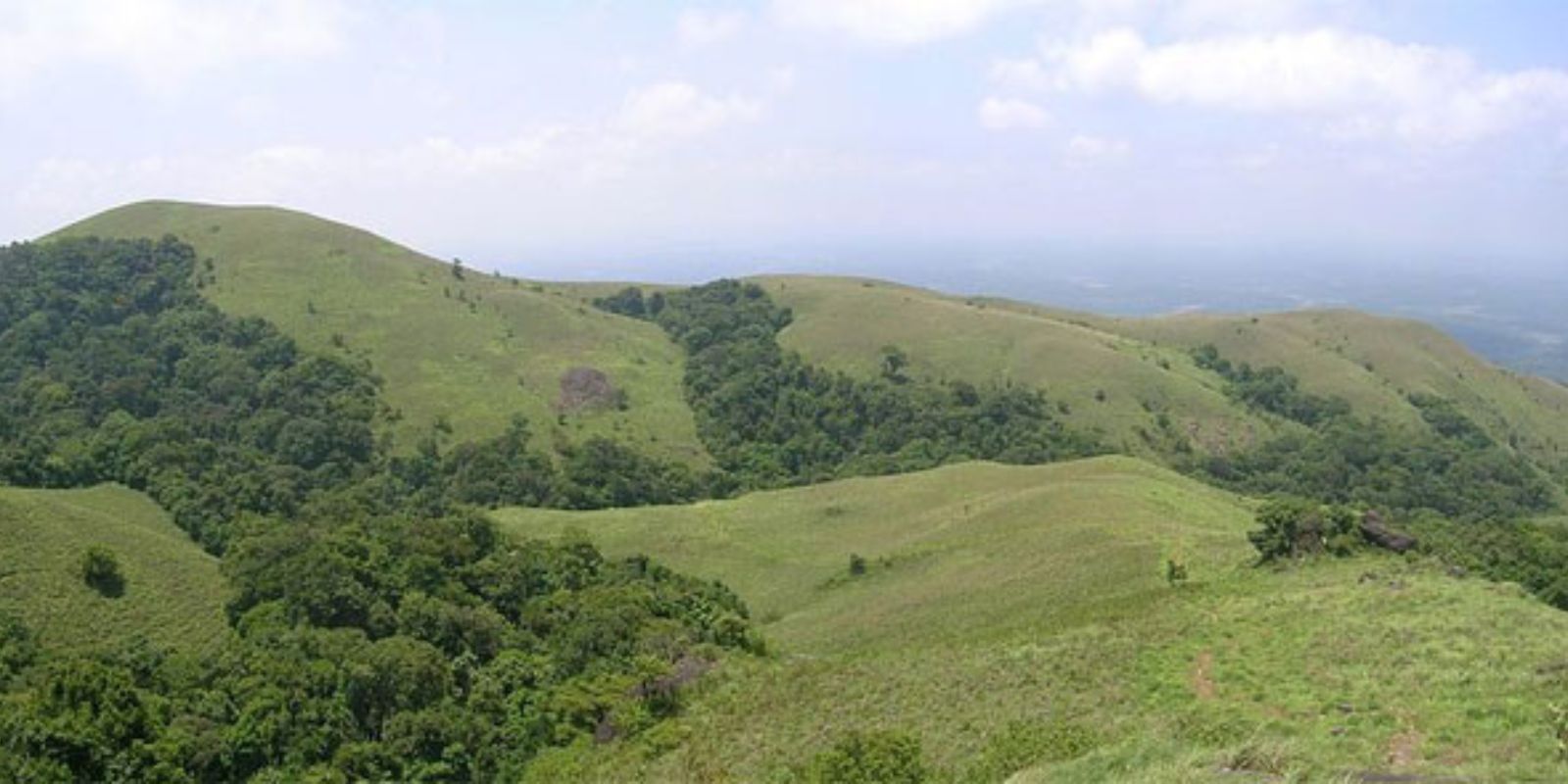The first glimpse of Mysore Palace takes your breath away, not from opulence alone, but from the quiet order behind its symmetry. Amidst the hum of visitors and the glimmer of gold, there is a rhythm beneath it all. A sense of something still watchful, timeless.
Why This Experience Matters
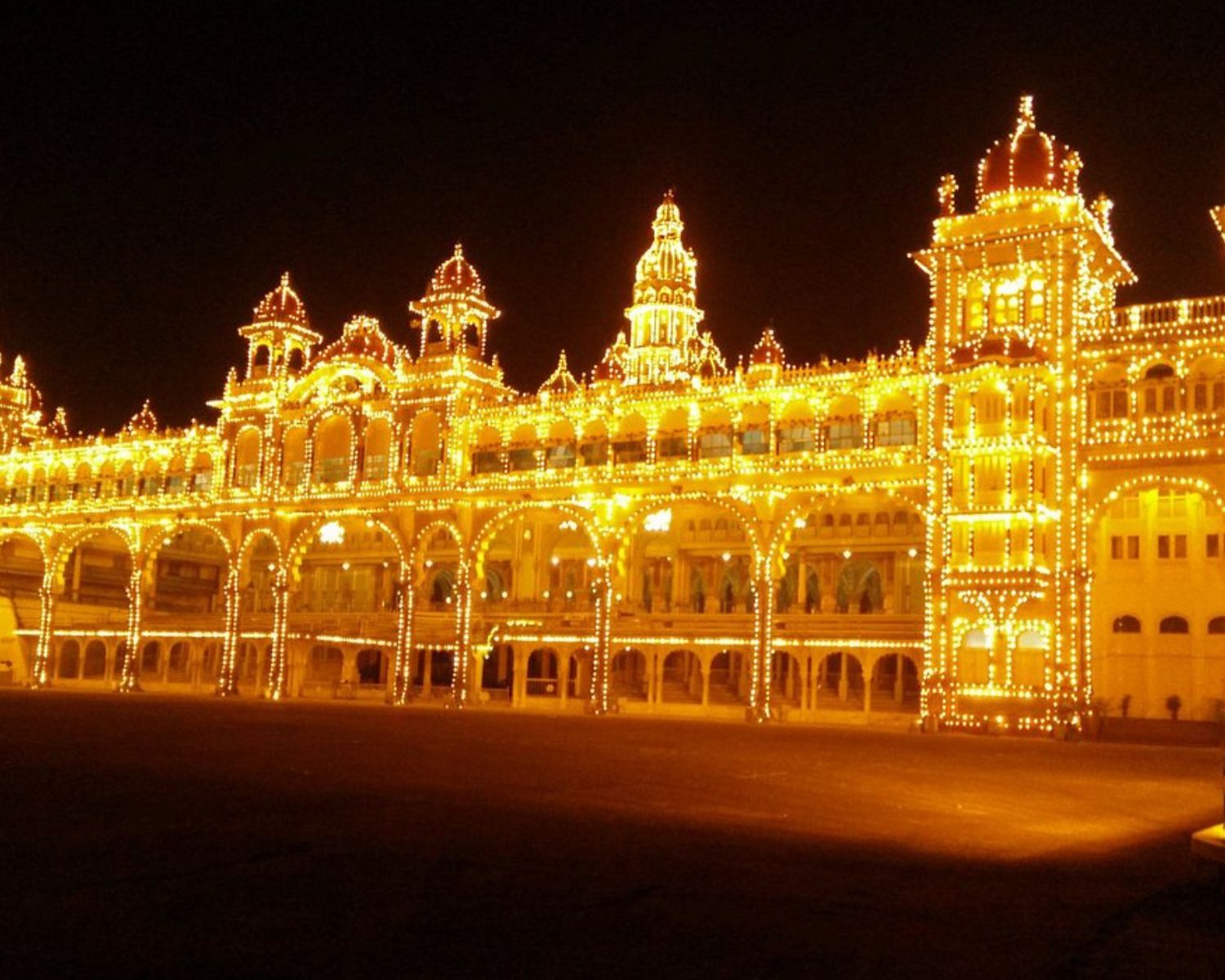
To the seeker, Mysore Palace is more than a marvel of stone and light. It invites presence. In the patterned floors and mirrored halls, we see echoes of precision and reverence. This is a place where beauty has been shaped with devotion each curve, arch, and inlay whispering a deeper design. Here, awareness is not taught it is felt. Grandeur doesn’t shout; it stills you.
A Living Legacy
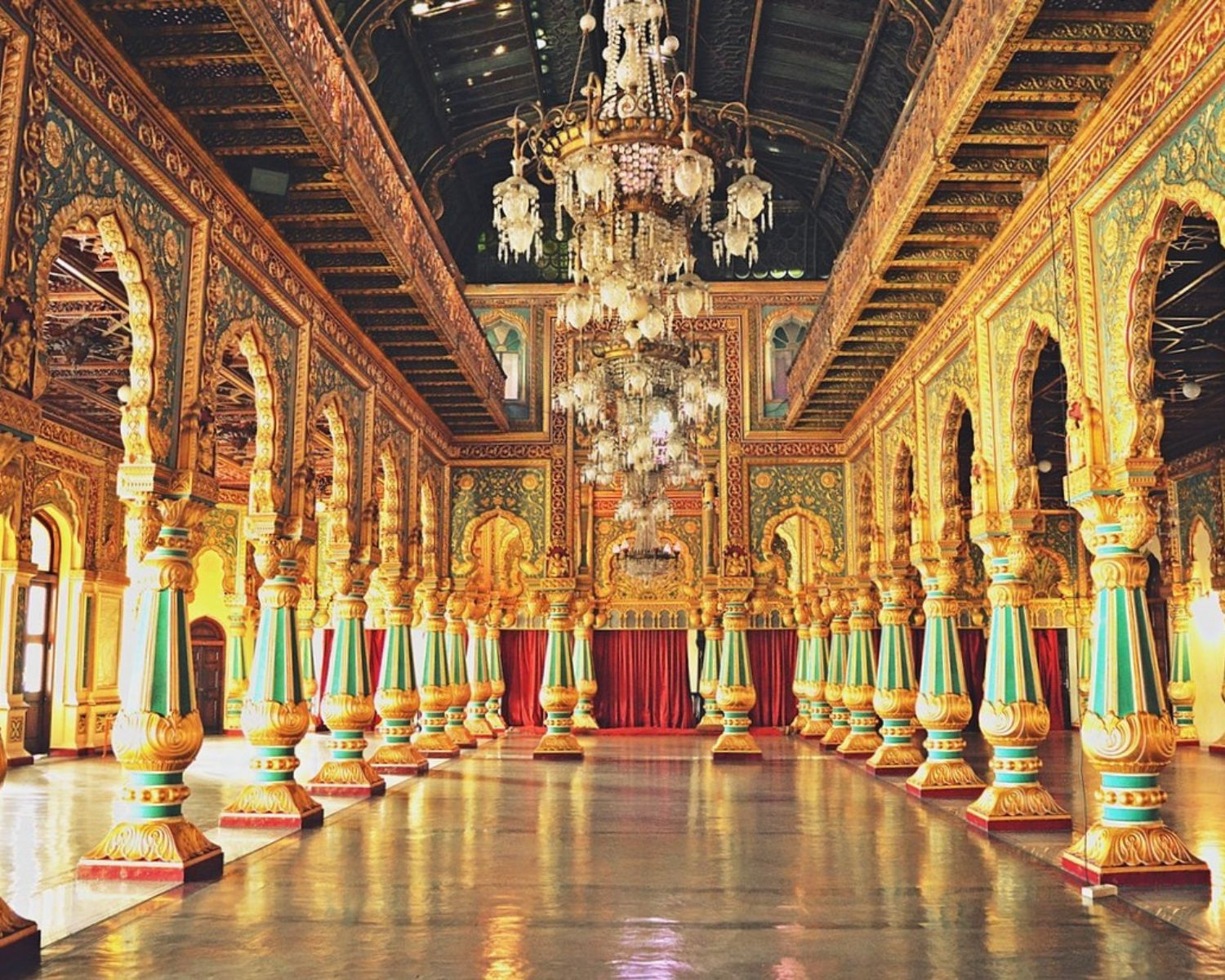
Built in 1912 under the guidance of the Wodeyar dynasty, Mysore Palace is a living emblem of Indo-Saracenic architecture, where Hindu, Mughal, Rajput, and Gothic elements harmonize in sacred geometry. Originally a wooden palace lost to fire, it was reborn in stone and spirit designed by British architect Henry Irwin, yet deeply rooted in local cultural identity.The palace pulses most vividly during Dasara, a ten-day festival where lights, processions, and the royal lineage come alive. On these nights, over 100,000 bulbs adorn its outline transforming it into a temple of illumination.
Things That Stay With You
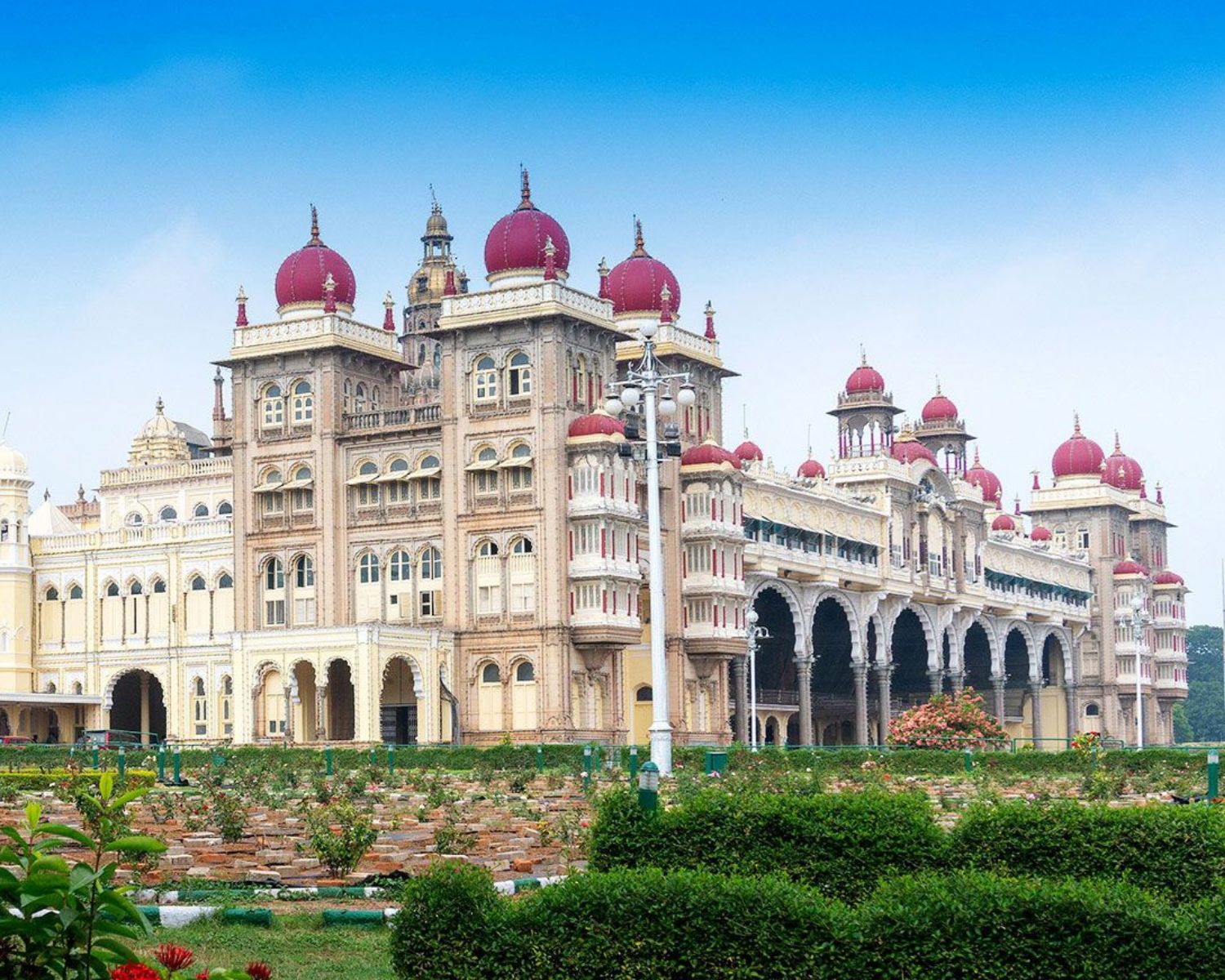
- The delicate scent of jasmine near the goddess shrine.
- A single beam of sunlight catching the mirror mosaic in the Ambavilasa hall.
- The cool echo beneath vaulted ceilings, as your footsteps merge with centuries past.
- Peacock motifs in stained glass. Rosewood doors inlaid with ivory.
- A sense that time here curves inward not forward.
What to Expect During Your Visit
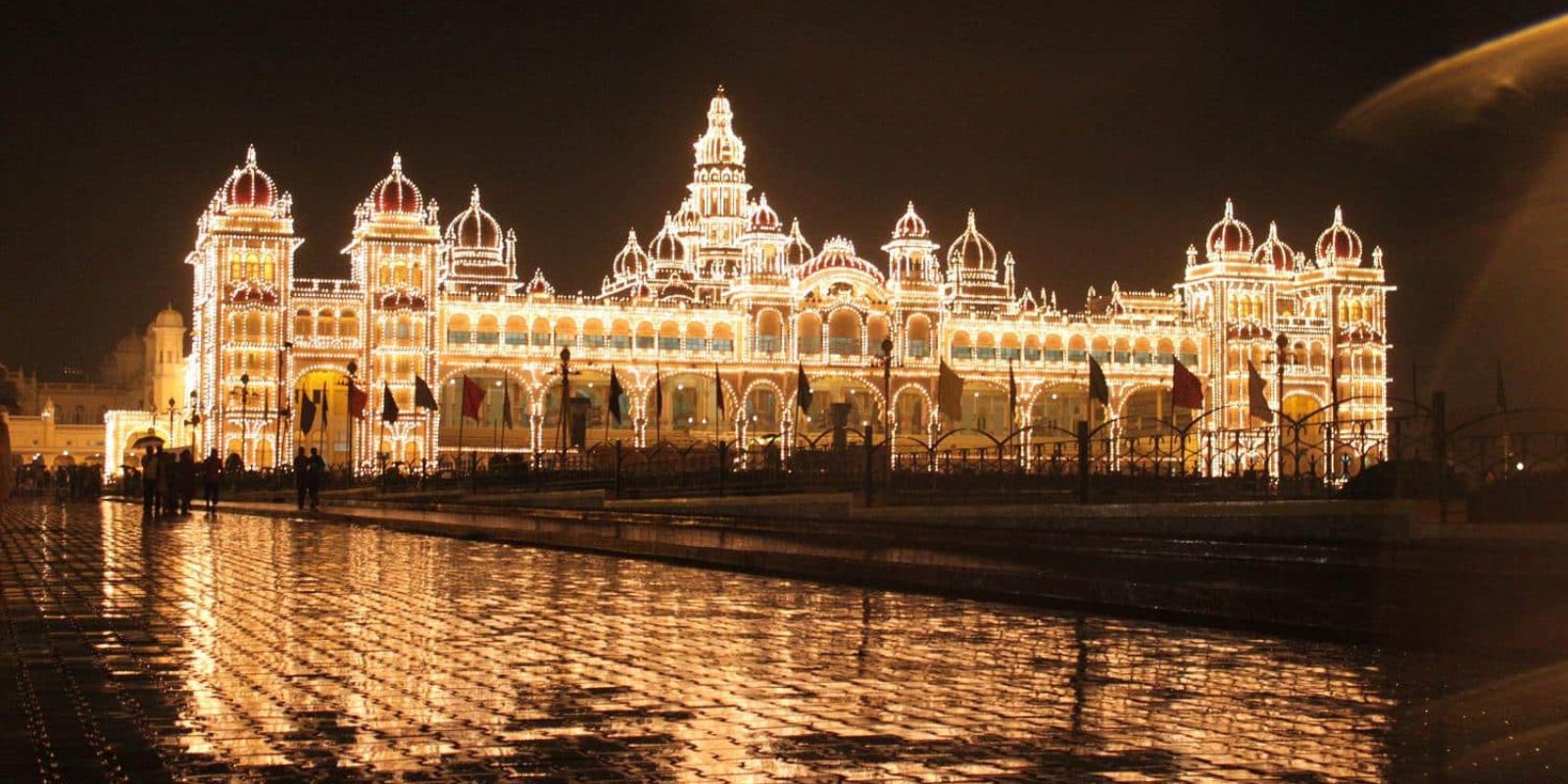
- Set aside at least 1.5 to 2 hours to absorb the palace.
- Begin from the southern gate and move clockwise.
- Don’t rush let your pace match the quietude of the corridors.
- Early mornings or late afternoons are ideal when light and silence meet in perfect balance.
- Consider pausing in the Kalyana Mantapa, where the stained glass ceiling filters divinity through color.
Practical Guidance
- Best time to visit: October to February for pleasant weather, especially during Dasara (September/October)
- Getting there: Autos, buses, and taxis readily connect you from Mysore Railway Station (2 km away)
- Accessibility: Wheelchair access is available on the ground floor; some staircases are steep
Good to Know Before You Go
Guidelines
- Timings: Open daily from 10:00 AM to 5:30 PM
- Dasara Illumination: 7:00 PM to 10:00 PM during festival days
- Tickets: Purchase at gate or online (recommended in peak season)
- Restrooms & cloakrooms: Available at the main entrance
- Light & Sound Show: Held in evenings (excluding Sundays & public holidays) – check timings locally
Restrictions
- Dress modestly, covering shoulders and knees,this is still a sacred space
- Respect silent zones, especially near shrines
- Photography is not allowed inside the palace interiors
- Participate quietly if a ritual or procession is underway,observe with humility


